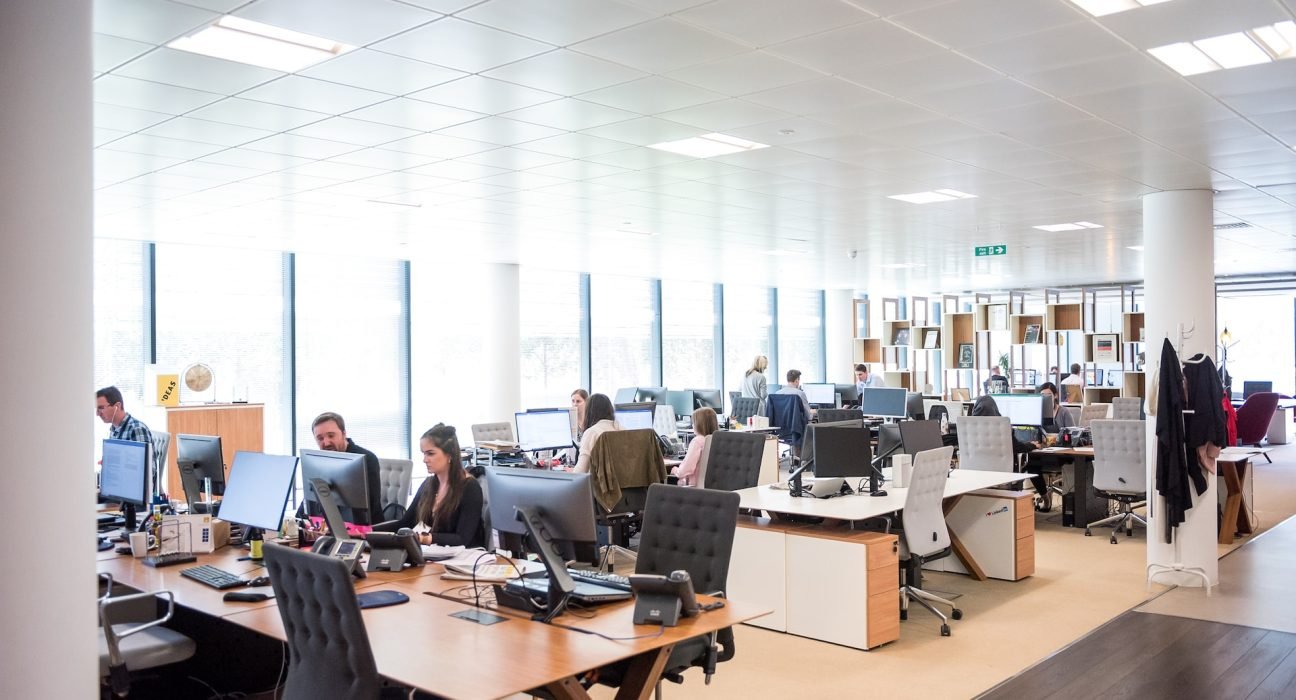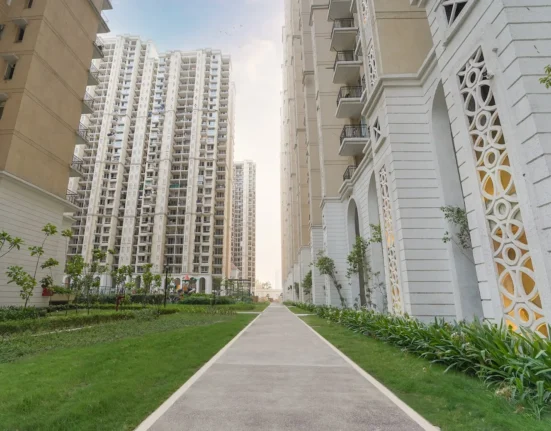If you are just starting to feel the effects of flexible office popularity, it’s smart to catch up on them quickly! So, let’s discuss the impact of flexible office space on real estate markets!
The evolution of traditional office spaces
Over the years, traditional office spaces have evolved significantly, adapting to changing work dynamics and technological advancements. Previously, rigid layouts, cubicles, and fixed workstations characterized office spaces. However, the concept of traditional offices has transformed with the emergence of flexible work arrangements and the rise of coworking spaces. Nowadays, companies are embracing more collaborative and agile work environments. This shift has even impacted the insurance industry, particularly regarding landlord insurance. After all, as office spaces become more dynamic and versatile, landlords must reassess their insurance coverage to protect against potential risks associated with shared workspaces. As the landscape evolves, landlords must stay informed and work closely with insurance providers. That helps them adapt their policies to the impact of flexible office space on real estate markets, especially in highly dynamic and popular cities such as NYC.
The flexibility and cost-efficiency of flexible office space
Flexibility and cost-efficiency are two key advantages of embracing the impact of flexible office space on real estate markets. This modern approach allows businesses to easily adapt to changing needs and scale operations. After all, companies can opt for short-term leases instead of long-term commitments, providing the flexibility to expand or downsize as required. Moreover, the cost-effective nature of flexible office spaces can be attributed to various factors. By utilizing shared workspaces, businesses can reduce overhead expenses, such as rent, maintenance, and utilities. That, combined with hiring commercial movers in Brooklyn to team up with trusted office movers and other cost-effective solutions, significantly reduces business spending. Additionally, flexible office spaces often come fully furnished and equipped with essential amenities, saving businesses from the upfront costs of setting up a traditional office. With more financial resources freed up, companies can invest in areas that drive growth and innovation.
Changing demand patterns in real estate
The real estate industry is experiencing shifting demand patterns driven by evolving work dynamics and preferences. That is particularly noticeable in cities with active economies and workforces like NYC. One noticeable change is the increased demand for shorter-term leases in commercial spaces. Businesses opt for lease terms that align with their evolving need, so they don’t settle for ‘traditional’ leases. Additionally, the rise of shared office spaces and coworking environments has created a surge in demand for these flexible setups. The appeal lies in the collaborative atmosphere and the opportunity to network with like-minded professionals. As a result, landlords and property owners are adapting to these changing demands by offering more flexible lease options and transforming their properties to cater to this trend. So, understanding and responding to these shifting demand patterns is crucial for staying competitive in the real estate market!
Transformation of office buildings
Office buildings are undergoing a significant transformation to account for the impact of flexible office space on real estate markets. This transformation involves the adaptive reuse of existing commercial spaces, where older buildings are revamped and converted into flexible work environments. So, property owners are investing in renovations to create modern and tech-enabled workspaces that promote collaboration and productivity. These transformations not only enhance the buildings’ functionality but also positively impact property values. With the integration of smart building technologies, such as energy-efficient systems and advanced connectivity infrastructure, office buildings are becoming more appealing. This transformation trend offers opportunities for investors and developers to repurpose underutilized properties and tap into the growing demand for flexible office spaces. It also aligns with the evolving work culture, fostering innovation and attracting businesses seeking adaptable and modern work environments.
Technology and infrastructure requirements
In today’s digital age, technology, and infrastructure play a crucial role in the design and functionality of office spaces. Flexible office spaces require robust tech-enabled work environments to meet the needs of modern businesses. These requirements are essential for productivity and seamless operations, from high-speed internet connectivity to collaborative tools and smart building technologies. Office spaces are equipped with advanced IT infrastructure to ensure a reliable and secure network for businesses to thrive. Additionally, amenities such as video conferencing facilities, wireless charging stations, and smart lighting systems enhance the renter experience. Integrating smart building technologies also enables efficient energy management, optimizing resource usage. So, property owners and developers are investing in these technology and infrastructure upgrades to attract businesses seeking state-of-the-art workspaces. After all, staying up-to-date with the latest technology trends and ensuring a future-proof infrastructure is crucial in meeting the demands of the ever-evolving digital landscape.
Some sustainability and environmental considerations
Sustainability and environmental considerations have become crucial in real estate planning, particularly in a bustling city like NYC. With increasing awareness of climate change and the need for responsible business practices, companies are prioritizing green building certifications and sustainability initiatives. So, office buildings are now incorporating energy-efficient designs, such as efficient insulation, LED lighting, and smart thermostats, to reduce energy consumption and carbon footprint. Sustainable materials and construction practices are also employed to minimize environmental impact. This focus on sustainability doesn’t only align with corporate social responsibility goals. It also enhances the market perception and attracts environmentally conscious tenants. Moreover, sustainable office spaces have proven to improve employee well-being and productivity, creating a healthier work environment that aligns with the changes brought about by the flexible office space approach.
The impact on traditional lease models
As mentioned already, the rise of flexible office spaces has had a notable impact on traditional lease models. Companies opting for shorter-term leases and shared workspaces have disrupted the traditional long-term lease agreements that were once the norm. Landlords now face the challenge of finding tenants willing to commit to extended lease terms. And this makes it harder to cover even average mortgage prices. This shift in lease models has implications for property owners, even in a landlord-centered NYC—especially those landlords who heavily rely on long-term leases for steady income. So, landlords may need to explore alternative strategies, such as offering more flexible lease options. Or they need to diversify their portfolio to include a mix of traditional and flexible office spaces. Additionally, landlords may need to evaluate the potential risks and rewards associated with shorter lease terms and adjust their pricing.
Accounting for all the changes for a steady future
Overall, dealing with the impact of flexible office space on real estate markets should still not be too difficult. While it will require some work to overcome, as long as landlords are up to date with what’s happening, it is possible to avoid the worst effects!









